Home>Furniture & Design>Interior Design Trends>How To Organize A Classroom Library
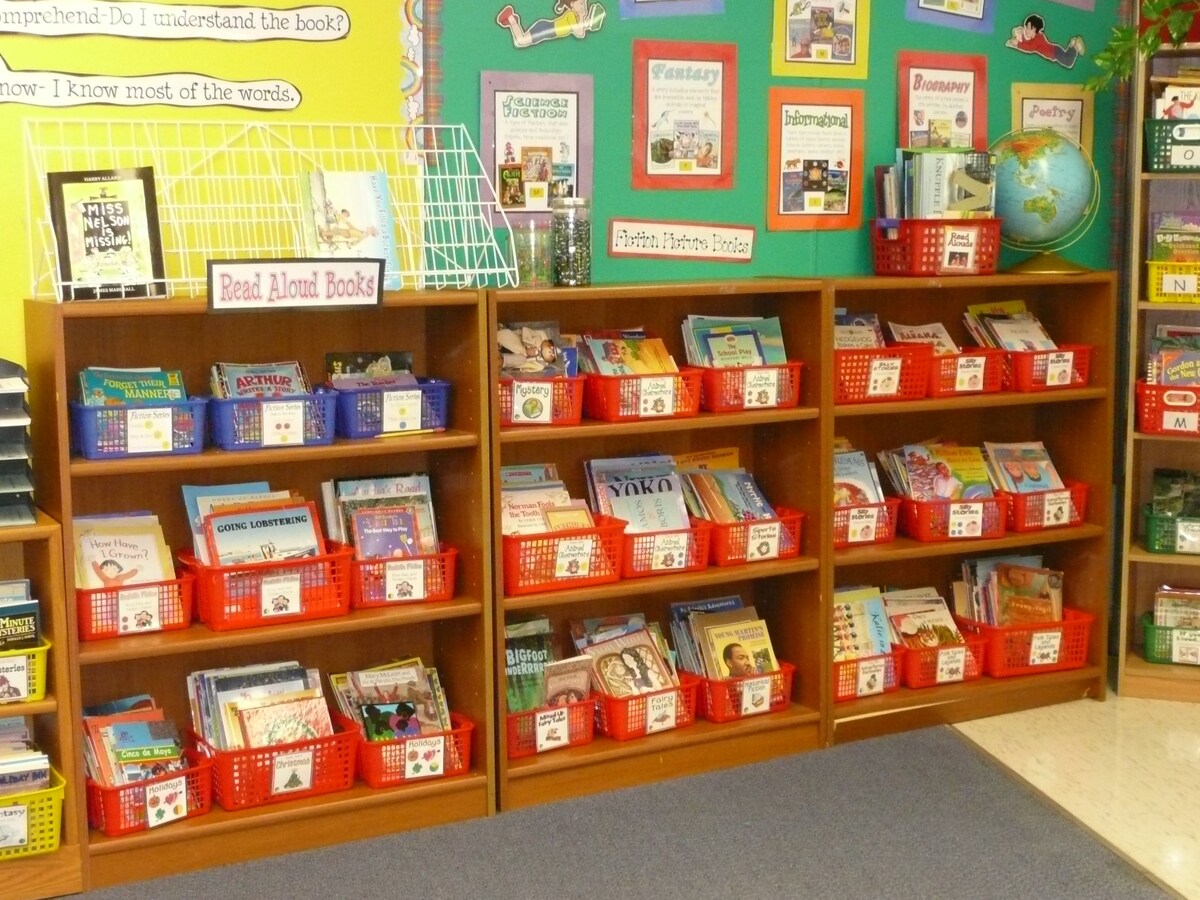

Interior Design Trends
How To Organize A Classroom Library
Published: March 3, 2024
Discover the latest interior design trends for organizing a classroom library. Get expert tips and ideas to create a functional and stylish learning space.
(Many of the links in this article redirect to a specific reviewed product. Your purchase of these products through affiliate links helps to generate commission for Storables.com, at no extra cost. Learn more)
Importance of a Well-Organized Classroom Library
A well-organized classroom library is essential for creating an environment that fosters a love for reading and learning. It provides students with easy access to a wide variety of books, which can help them develop their literacy skills, expand their knowledge, and explore their interests. A well-organized library also promotes a sense of ownership and responsibility among students, as they learn to care for and respect the resources available to them. Additionally, a well-organized classroom library can help teachers save time and reduce stress by making it easier to find and manage books for lesson planning and independent reading activities.
Key Takeaways:
- A well-organized classroom library helps students love reading, saves teachers time, and encourages responsibility. It creates a cozy space with diverse books for everyone to enjoy.
- Categorizing, labeling, and maintaining a classroom library helps students find books easily, learn responsibility, and discover new interests. It’s a fun and engaging way to promote reading.
Setting Up Your Classroom Library
Setting up a classroom library is an exciting and essential task for any teacher. Here are some steps to help you create an inviting and functional space for your students:
-
Choose a Central Location: Select a central area in your classroom that is easily accessible to all students. This could be a cozy corner, a dedicated bookshelf, or a set of book bins. The goal is to make the library a focal point that encourages students to engage with books regularly.
-
Consider Comfort and Accessibility: Ensure that the reading area is comfortable and inviting. Add some cushions, bean bags, or rugs to create a cozy atmosphere. Make sure the books are within reach for students of all ages and sizes.
-
Create Reading Zones: If space allows, consider creating different reading zones within the library. For example, you could have a quiet reading area, a group reading area, and a research corner. This allows students to choose a space that best suits their reading preferences and needs.
-
Display Books Prominently: Display a selection of books with attractive covers facing outwards to catch the students' attention. This can pique their interest and encourage them to explore different genres and topics.
-
Incorporate Student Input: Involve your students in the setup process. Ask for their input on the layout, book selection, and overall design of the library. This not only empowers them but also helps create a sense of ownership and investment in the library.
By following these steps, you can create a welcoming and engaging classroom library that promotes a love for reading and learning.
Categorizing Books
Categorizing books in your classroom library is a crucial step in creating an organized and user-friendly space for your students. By grouping books into categories, you can help students navigate the library more effectively and discover new titles that align with their interests and reading levels. Here are some effective strategies for categorizing books:
-
Genre-Based Categories: Organize books by genre, such as mystery, fantasy, science fiction, historical fiction, non-fiction, and poetry. This allows students to explore different types of literature and find stories that resonate with their preferences.
-
Reading Level Categories: Consider categorizing books based on reading levels, such as beginner readers, intermediate readers, and advanced readers. This helps students select books that are appropriate for their skill level and encourages them to challenge themselves as they progress.
-
Thematic Categories: Create categories based on themes or topics, such as animals, friendship, adventure, biographies, and science. Thematic categories can make it easier for students to find books related to specific subjects they are studying or topics they are interested in.
-
Author-Based Categories: If your classroom library includes a variety of books by specific authors, consider grouping them together. This can help students discover new favorite authors and explore different works by the same writer.
-
Series Categories: If your library includes book series, consider grouping them together. Many students enjoy reading series, and having them organized in one place makes it convenient for them to find the next book in the sequence.
By implementing these categorization strategies, you can create a well-organized classroom library that encourages exploration, supports diverse reading preferences, and facilitates easy access to a wide range of books for your students.
Use clear labels and bins to categorize books by genre, author, or topic. This makes it easy for students to find and return books to the correct place.
Labeling and Shelving Books
Properly labeling and shelving books in your classroom library is essential for maintaining organization and ensuring that students can easily locate and return books. Here are some detailed steps to effectively label and shelve books in your classroom library:
-
Clear and Consistent Labeling: Use clear and consistent labeling for the book bins, shelves, and individual books. Consider using color-coded labels or stickers to indicate different categories or genres. This visual cue can help students quickly identify where specific types of books are located.
-
Visible and Accessible Labels: Ensure that the labels on book bins and shelves are visible and accessible to students of all heights. Use large, easy-to-read fonts and consider placing labels at the bottom of book bins or shelves to make them easily readable for young readers.
-
Alphabetical or Categorical Shelving: Decide on a shelving system that works best for your classroom library. You can choose to shelve books alphabetically by author's last name, categorically by genre or topic, or based on reading levels. Whichever system you choose, make sure it is consistent and logical for easy navigation.
-
Book Orientation: When shelving books, consider alternating the orientation of the books (spine in, spine out) to make it easier for students to browse and identify titles. This can also make the library look more visually appealing and inviting.
-
Accessible Shelving Heights: If your classroom library includes shelves at different heights, consider placing books that are most frequently accessed by students at their eye level. This ensures that they can easily reach and return books without assistance.
-
Maintaining Order: Encourage students to return books to their designated spots after use. Regularly check the shelves to ensure that books are in their proper places and make any necessary adjustments to maintain order.
By following these detailed steps for labeling and shelving books, you can create a well-organized and user-friendly classroom library that promotes independent exploration and a love for reading among your students.
Creating a Checkout System
Implementing a checkout system in your classroom library is a valuable way to teach students responsibility and organization while ensuring the smooth circulation of books. Here's a detailed guide on creating an effective checkout system:
-
Designate a Checkout Area: Set up a designated area in your classroom library where students can check out and return books. This area should be easily accessible and well-organized, with clear signage indicating the checkout process.
-
Create Student Library Cards: Provide each student with a library card that includes their name and a unique identification number. These cards can be stored in a card catalog or a designated card holder for easy access during checkout.
-
Establish Checkout Procedures: Clearly outline the checkout procedures for your students. This may include guidelines on the number of books that can be borrowed at a time, the duration of the borrowing period, and any specific rules or expectations for book care.
-
Use a Checkout Log or System: Implement a checkout log or digital system to track which students have borrowed which books and when they are due for return. This can be as simple as a notebook where students write their names and the book titles, or a more advanced digital system if available.
-
Train Students on the Checkout Process: Take the time to teach your students how to use the checkout system effectively. Demonstrate how to fill out the checkout log, use the digital system if applicable, and properly handle and care for the borrowed books.
-
Monitor and Support the Checkout Process: Regularly monitor the checkout area to ensure that students are following the procedures and handling the books with care. Offer support and guidance as needed, especially for younger students who may be new to the checkout process.
-
Implement Due Date Reminders: Consider implementing a system for reminding students of upcoming due dates. This could be done through verbal reminders, written notices, or digital alerts, depending on the resources available to you.
-
Encourage Accountability and Ownership: Emphasize the importance of returning borrowed books on time and in good condition. Use the checkout system as an opportunity to teach students about accountability and taking ownership of their library privileges.
By following these steps, you can create a structured and efficient checkout system for your classroom library, empowering students to independently access and enjoy a wide range of books while learning valuable organizational and time management skills.
Maintaining and Updating the Library
Maintaining and updating your classroom library is an ongoing process that ensures the space remains organized, relevant, and engaging for your students. Here are some essential steps to effectively maintain and update your library:
-
Regular Book Inspections: Schedule regular book inspections to assess the condition of the books. Check for any damages, missing pages, or excessive wear and tear. Repair or replace damaged books as needed to keep the collection in good shape.
-
Rotating Book Selection: Periodically rotate the book selection in your library to keep it fresh and appealing to students. Introduce new titles, genres, and authors to cater to diverse interests and reading preferences. Consider seasonal themes or topics to align with classroom curriculum or special events.
-
Student Feedback and Suggestions: Encourage students to provide feedback and suggestions for the library. Ask them about their favorite books, genres they would like to see more of, and any specific titles they wish to have in the collection. This not only engages students but also helps you make informed decisions about updating the library.
-
Weeding Outdated or Damaged Books: Regularly weed out outdated, damaged, or irrelevant books from the library. Consider the condition of the books, their relevance to the curriculum, and their popularity among students. Removing outdated or damaged books creates space for new additions and ensures that the collection remains current and high-quality.
-
Library Organization Maintenance: Continuously maintain the organization of the library by re-shelving books, updating labels, and ensuring that the categorization system remains clear and consistent. Regularly dust and clean the shelves, book bins, and reading areas to create a welcoming and tidy environment.
-
Promote Reading Events and Activities: Organize reading events, book clubs, or themed reading challenges to promote engagement with the library. This can spark excitement and encourage students to explore new books and genres. Consider incorporating reading-related activities and discussions to enhance the overall reading experience.
-
Professional Development and Resource Acquisition: Stay updated on new releases, educational resources, and professional development opportunities related to literacy and reading. Attend workshops, conferences, or webinars to gain insights into best practices for classroom libraries and discover new resources to enhance the library collection.
By consistently maintaining and updating your classroom library, you can create a dynamic and enriching reading environment that supports the academic and personal growth of your students.
Frequently Asked Questions about How To Organize A Classroom Library
Was this page helpful?
At Storables.com, we guarantee accurate and reliable information. Our content, validated by Expert Board Contributors, is crafted following stringent Editorial Policies. We're committed to providing you with well-researched, expert-backed insights for all your informational needs.
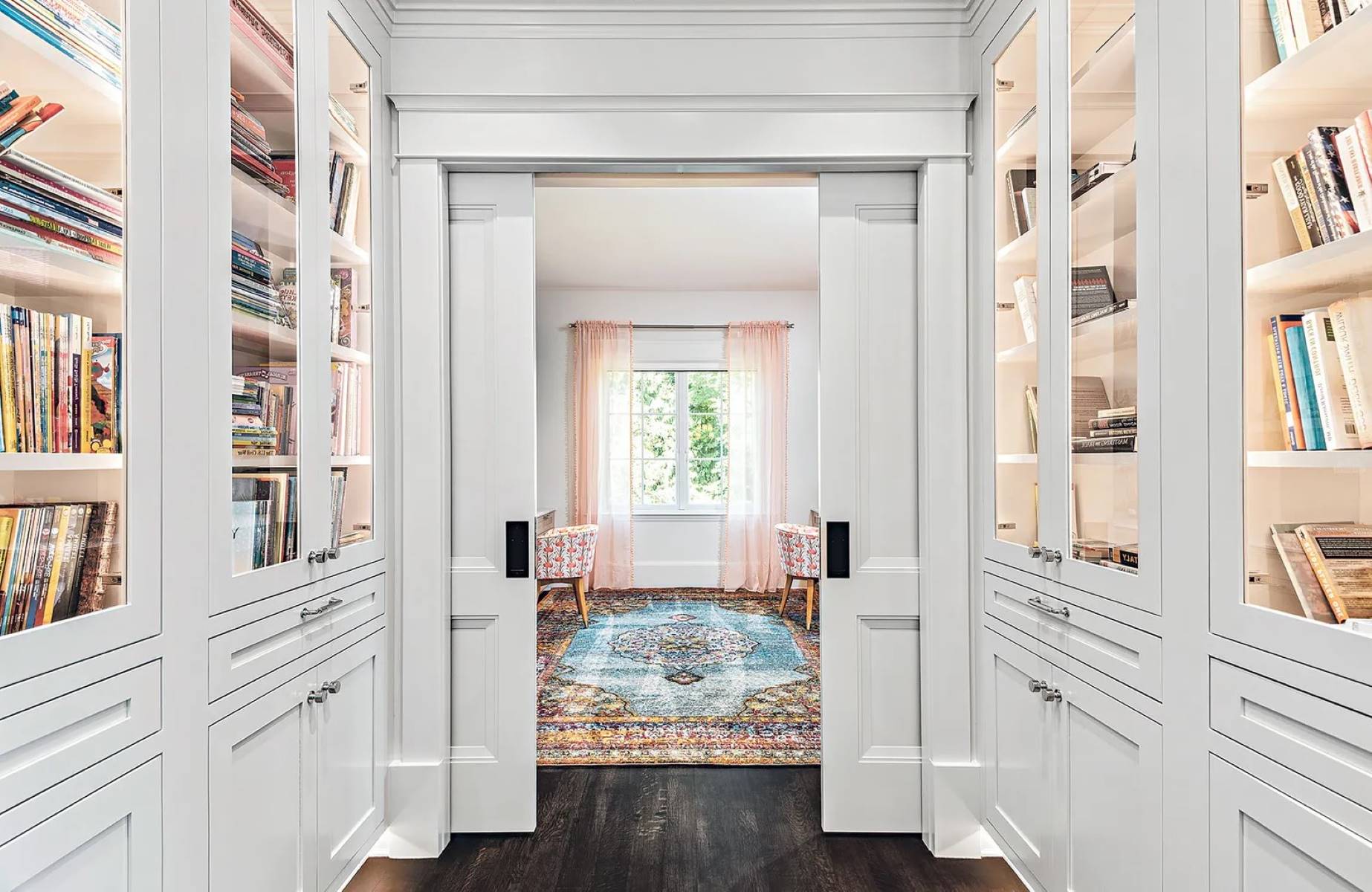
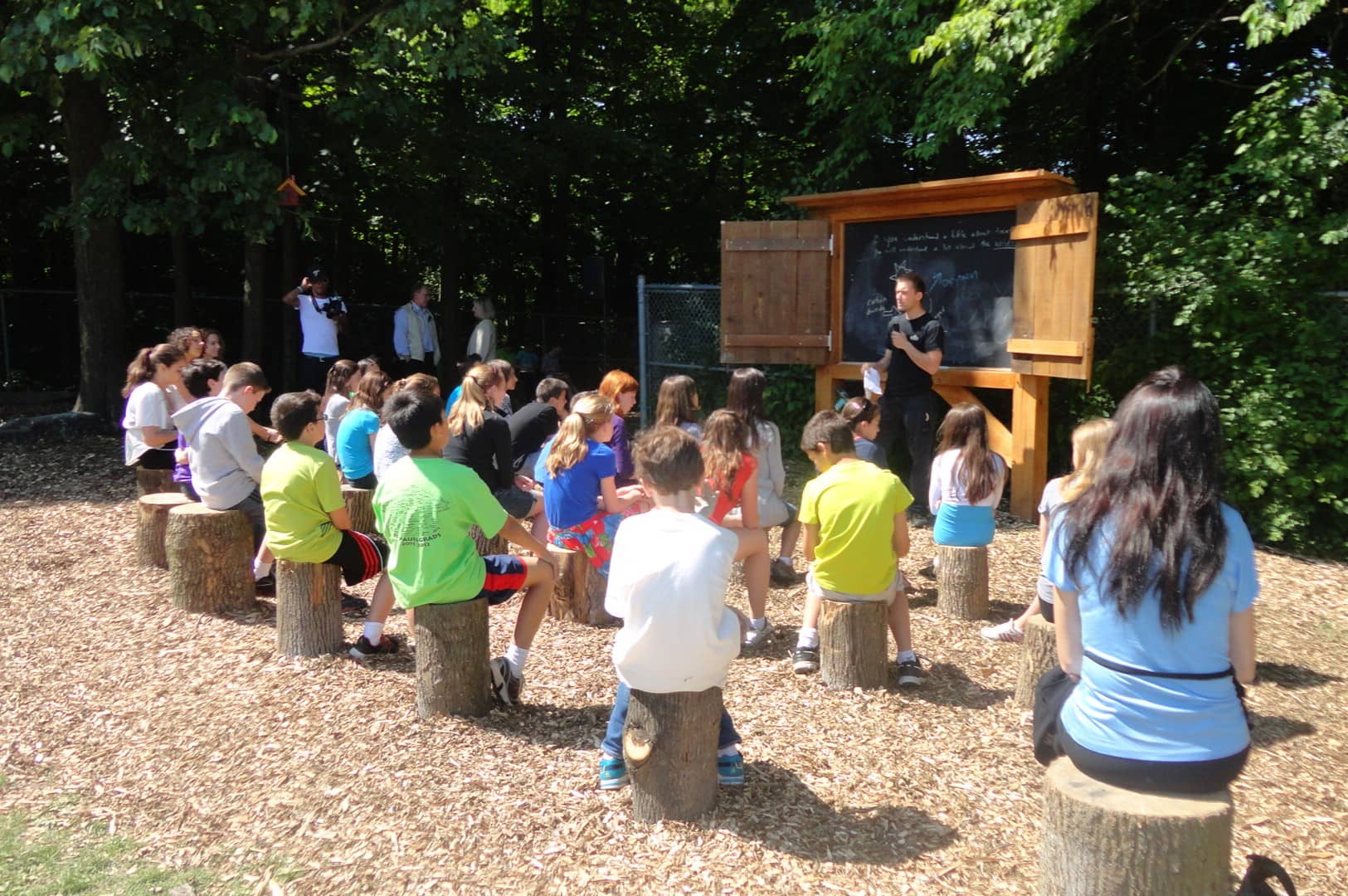
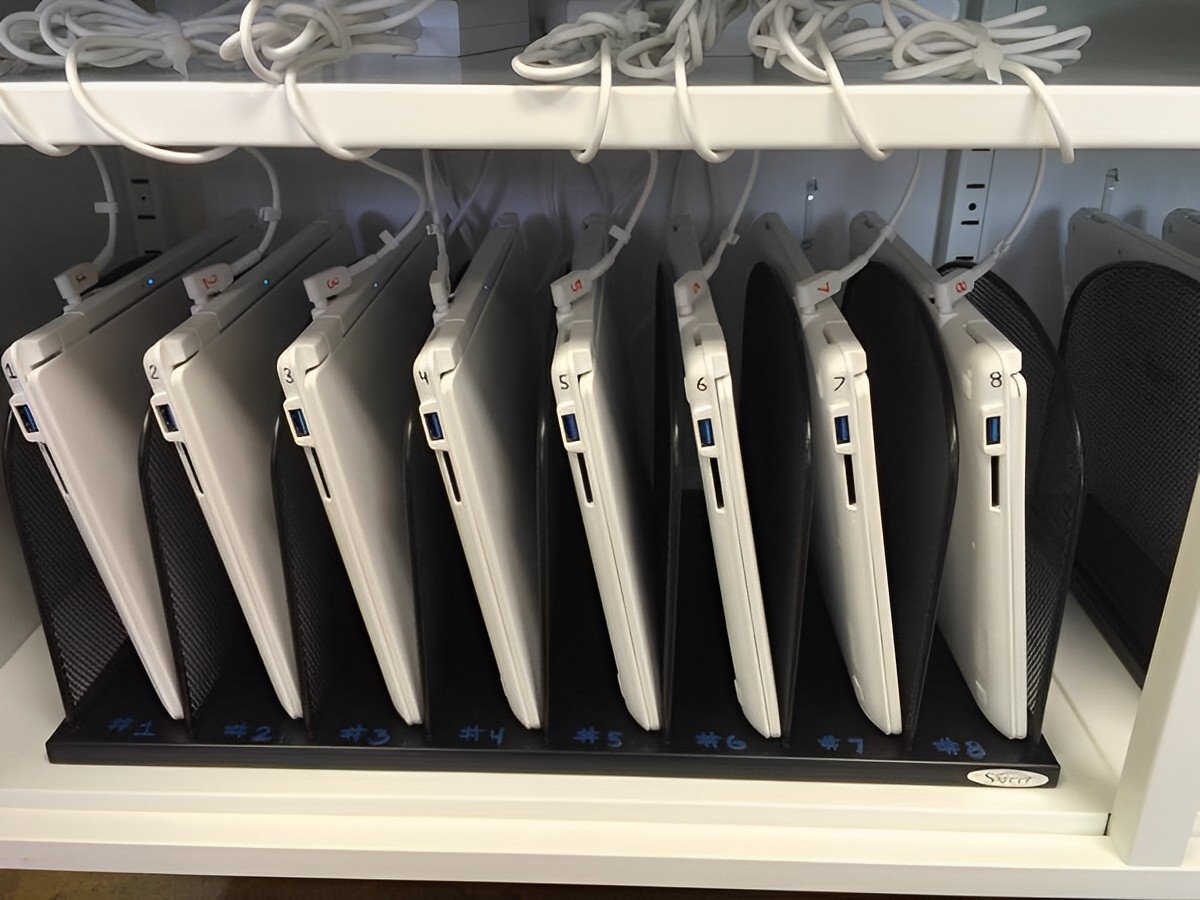
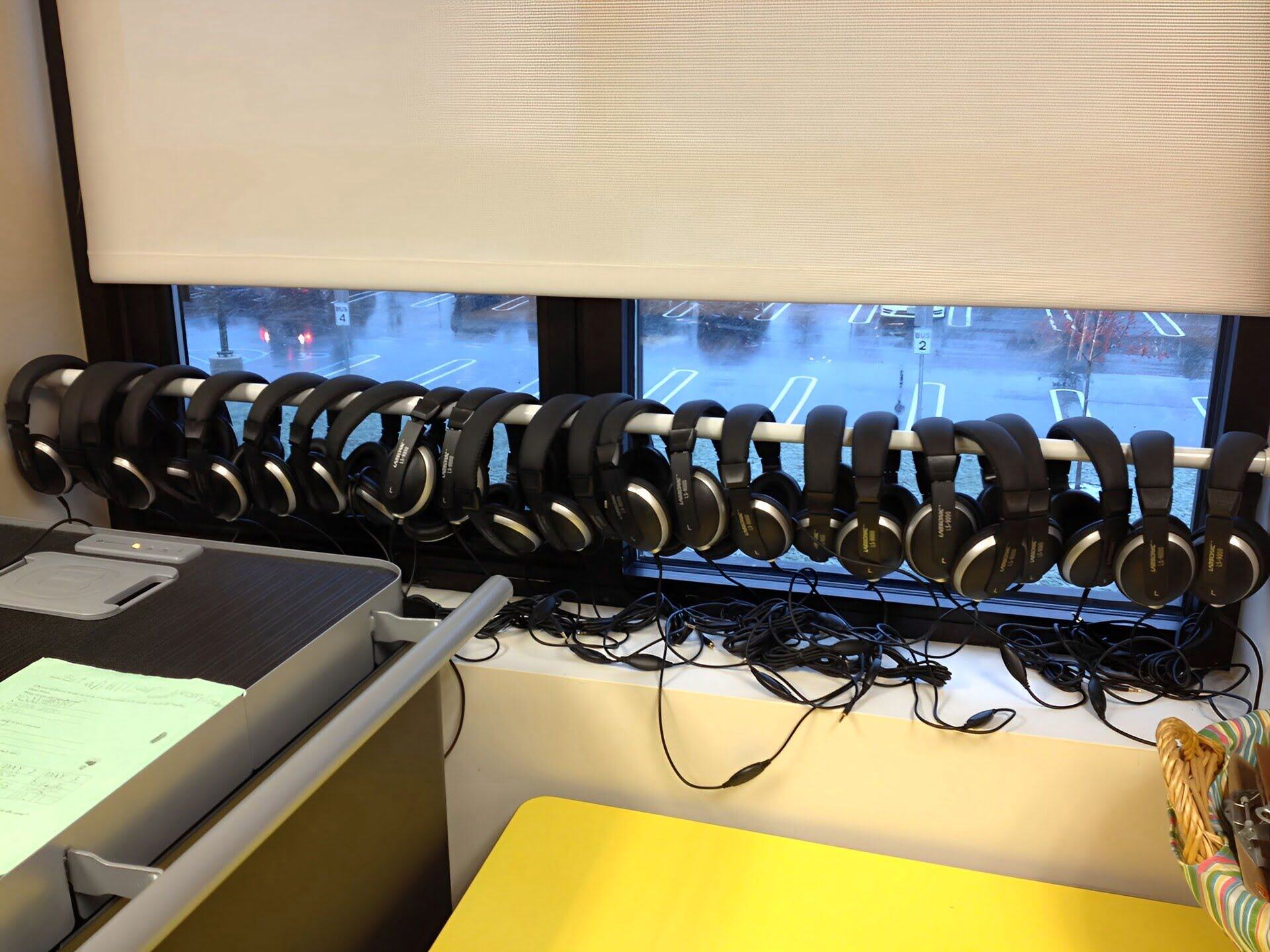
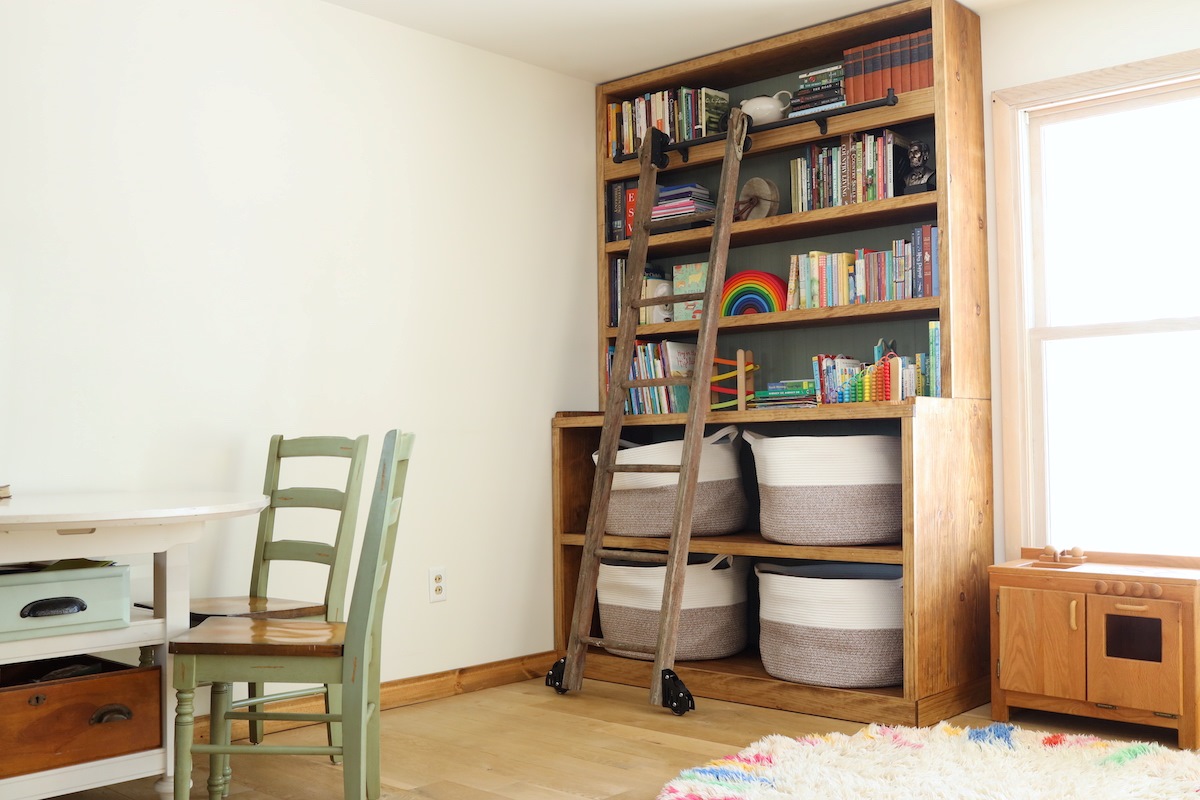

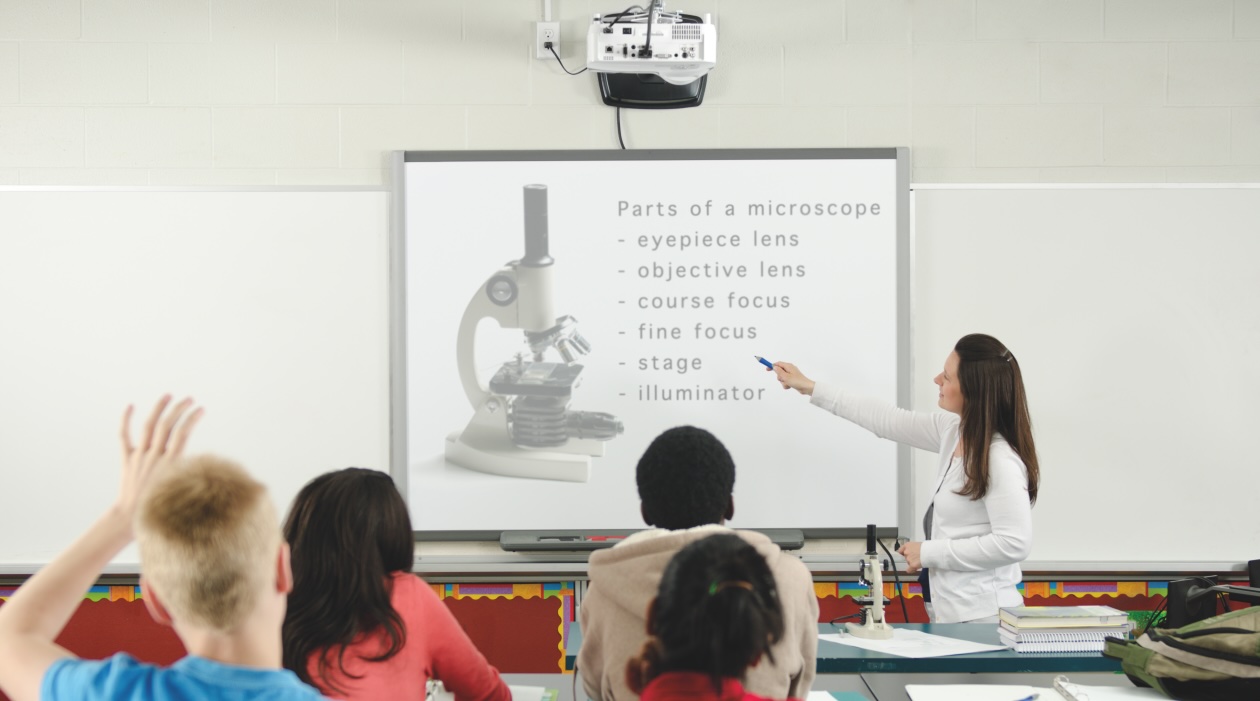
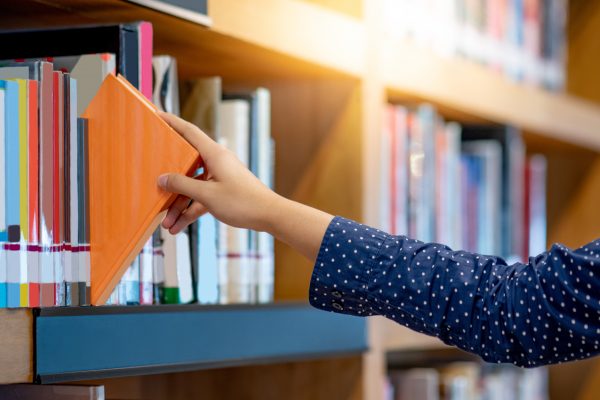

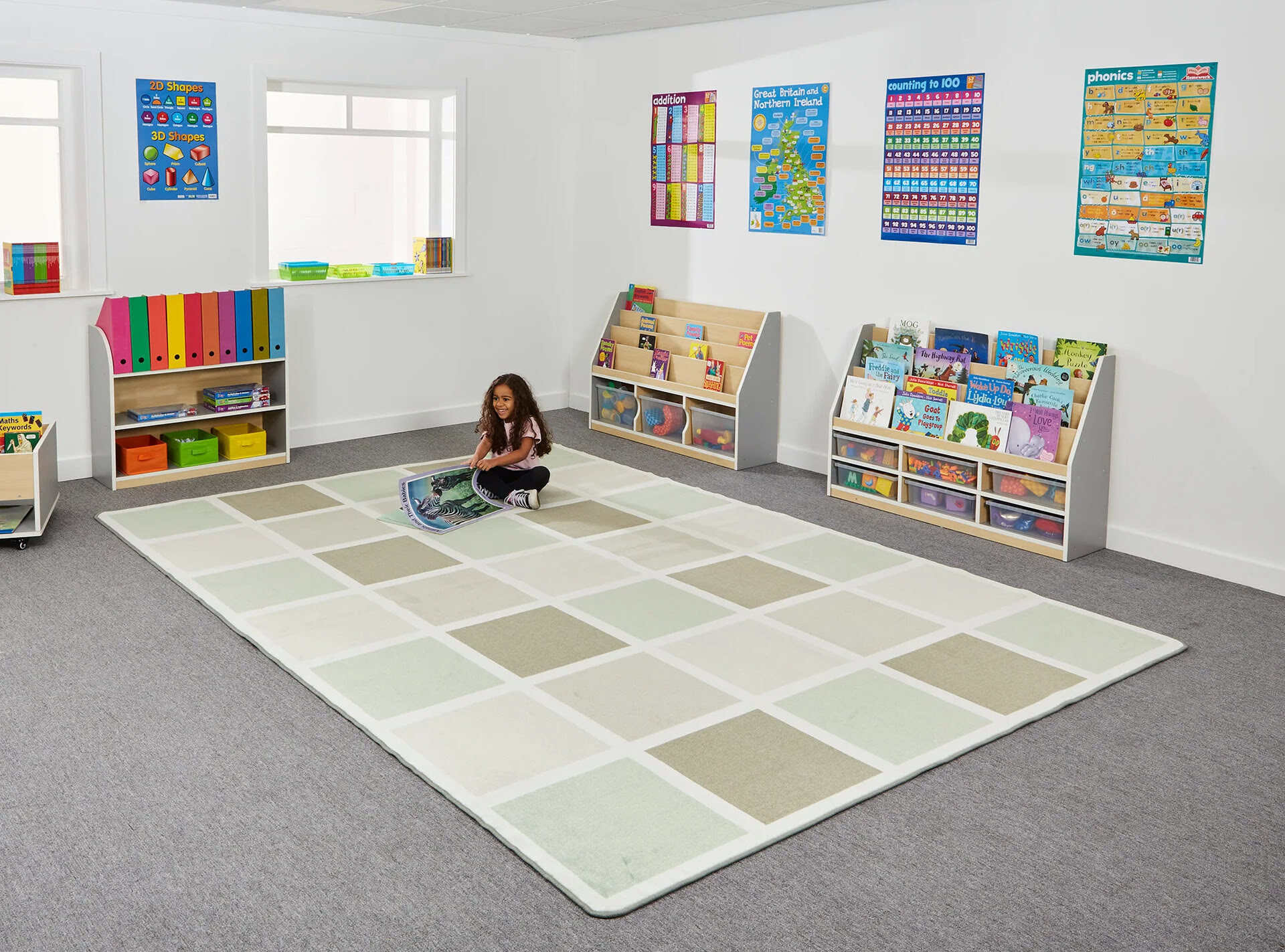
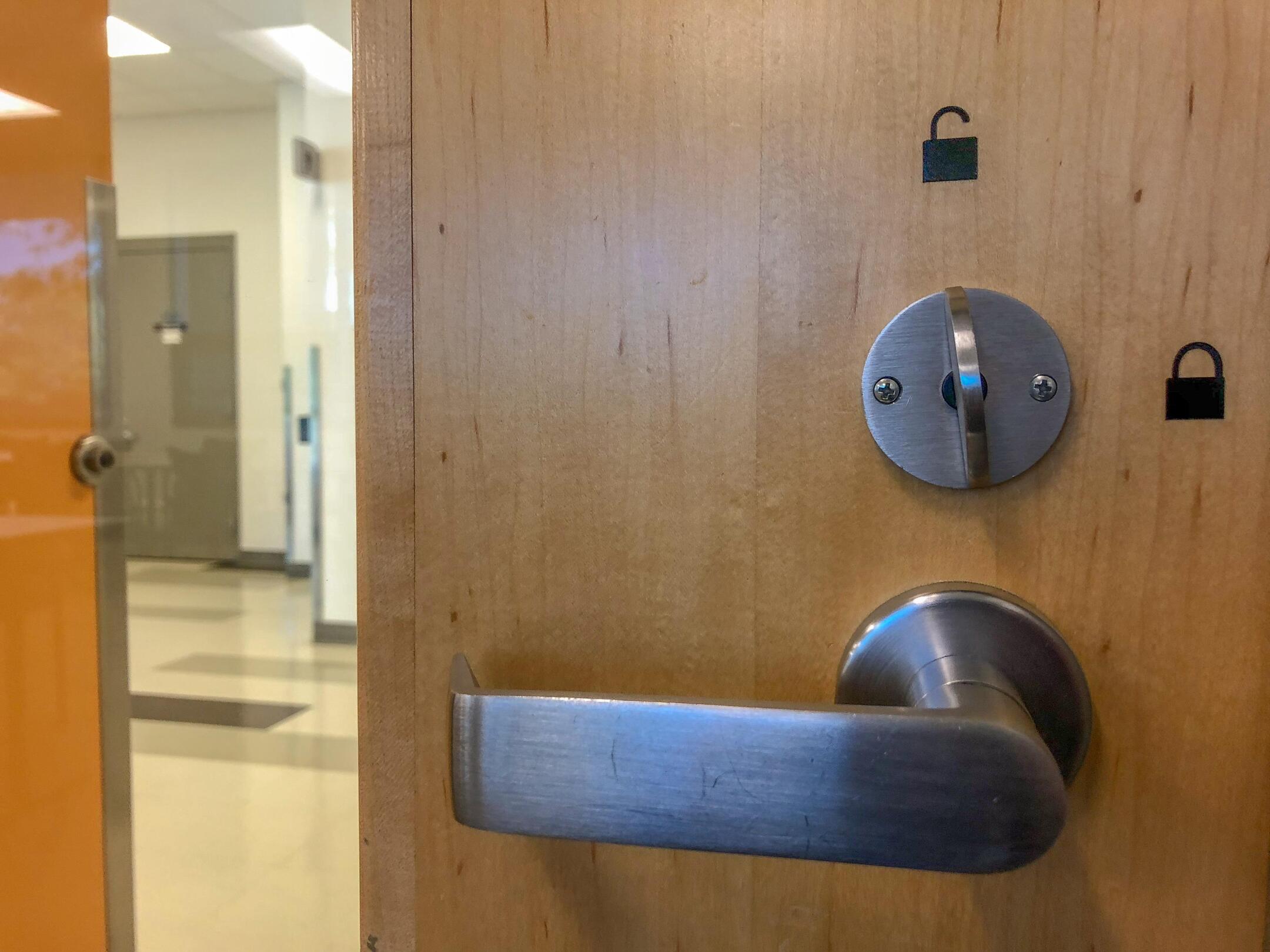
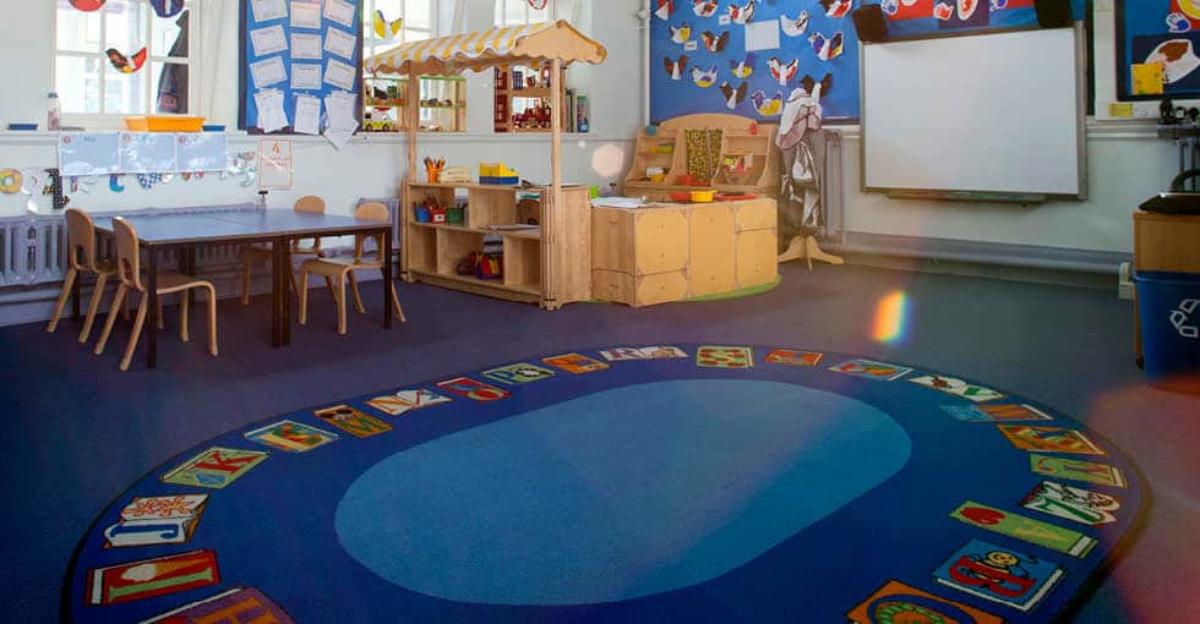
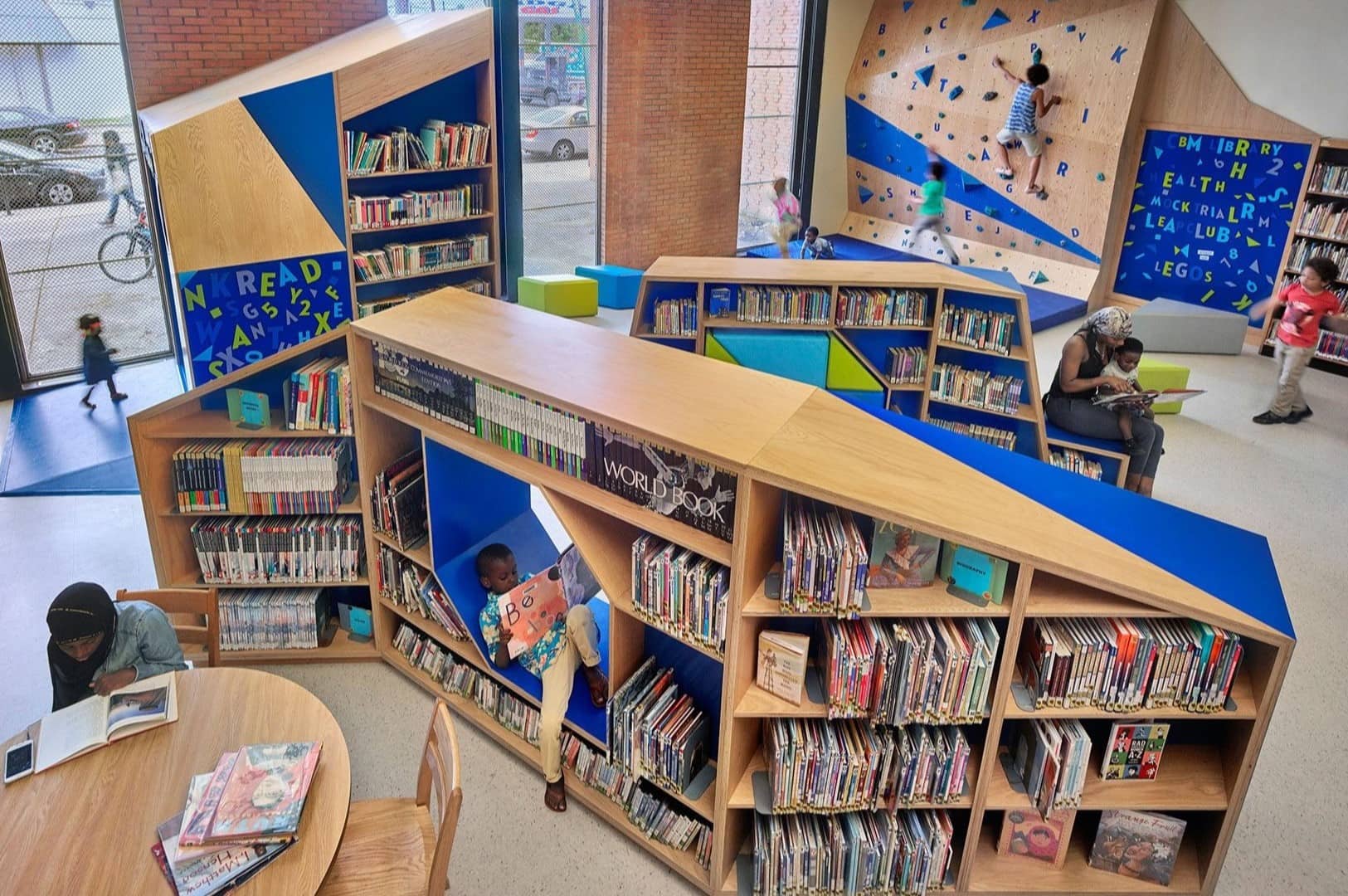


0 thoughts on “How To Organize A Classroom Library”